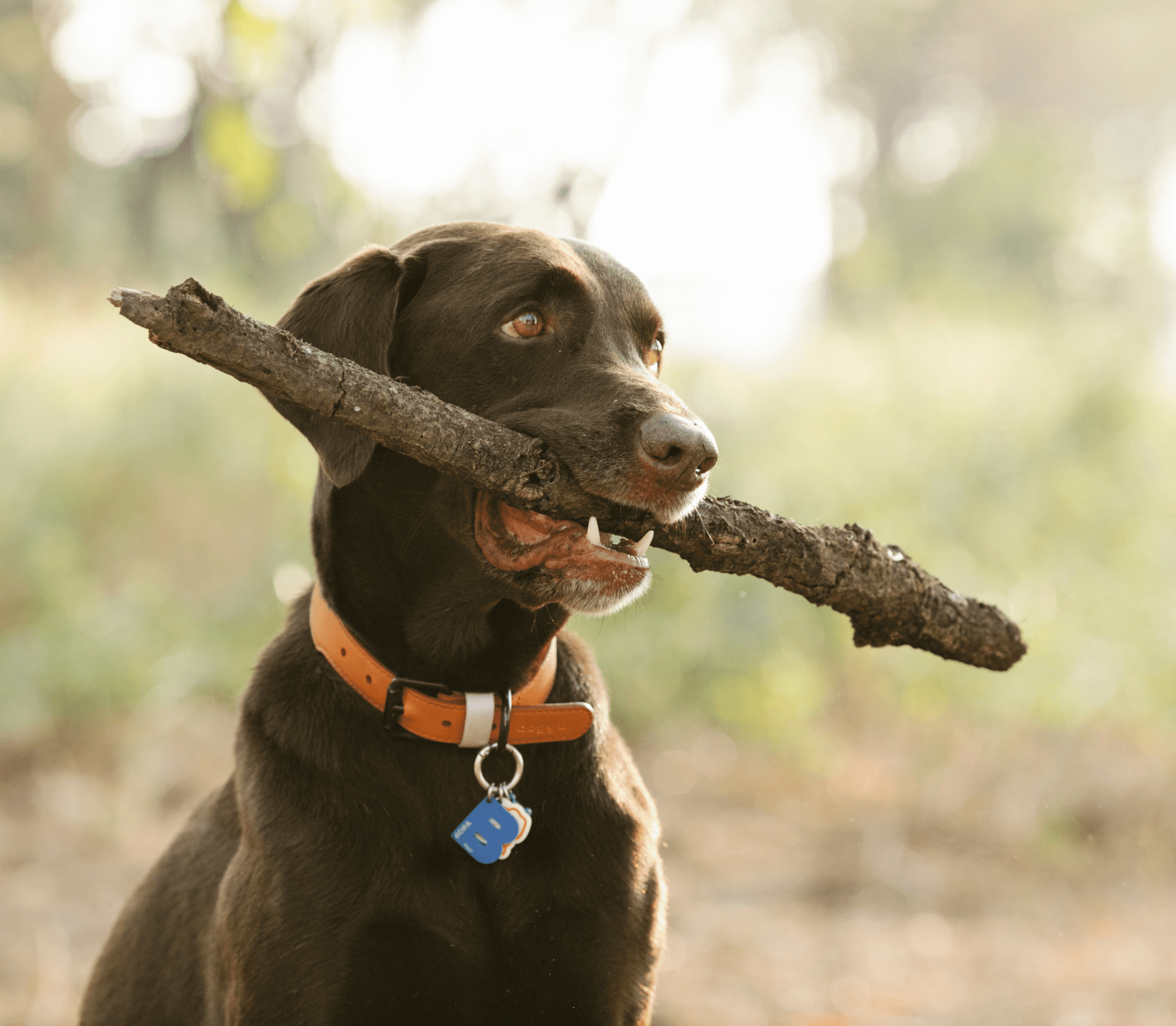Ear Cropping: Fact vs. Fiction
One service that we provide here at Brentwood Animal Hospital, is ear cropping. As you may know ear cropping is a surgical procedure in which the ear is trimmed back so that it stands up, rather than flopping over. As you may know, ear cropping has something of a bad rap. However, much of that is due to misinformation. A Washington DC vet discusses ear cropping below.
Basics
There are actually 20 breeds with cropped ears recognized by the AKC. The procedure is usually done with Doberman Pinschers, Boxers, Boston Terriers, or Great Danes. Generally, ear cropping is performed when dogs are between 9 and 12 weeks old. After this, the chances of success drop, as Fido’s ears may already be drooping.
Traditional Reasons
These days, ear cropping is done for cosmetic reasons. However, the procedure used to be done for practical reasons. For example, Boxers were often used as guard dogs. Cropping their ears actually improved their hearing, which therefore enhanced their job performance. In the case of the Brussels Griffon, a hunting dog, the ears were cropped to keep them from being bitten by rats or other prey. Ear cropping also helped prevent ear injuries on hunting dogs who were likely to get caught on thorns or brambles.
The Myths
You may have heard that this is very painful for dogs. This actually isn’t the case. The procedure is performed under anesthesia. Afterwards, Fido gets pain meds. After that, it’s all downhill!
Aftercare
Ear cropping does require a lot of aftercare. You’ll have to follow your vet’s guidelines to the letter. Your pup’s ears will start itching as they heal, so you’ll need to keep him from scratching or rubbing them. Things get much easier once the sutures are removed, but you’ll still need to stay on top of things. Small dogs usually heal more quickly than large pooches, but healing time really varies, and could take up to two months. During that time, you’ll need to bring Fido in regularly for follow-up visits. Keep this in mind when scheduling the surgery.
Preparing
Before booking the procedure, do plenty of research and consult your vet. It’s always important to make an informed decision! Fido will also need to be up-to-date on his vaccines, and free of all parasites.
Do you have questions about ear cropping? Contact us, your Washington DC vet clinic, today!



